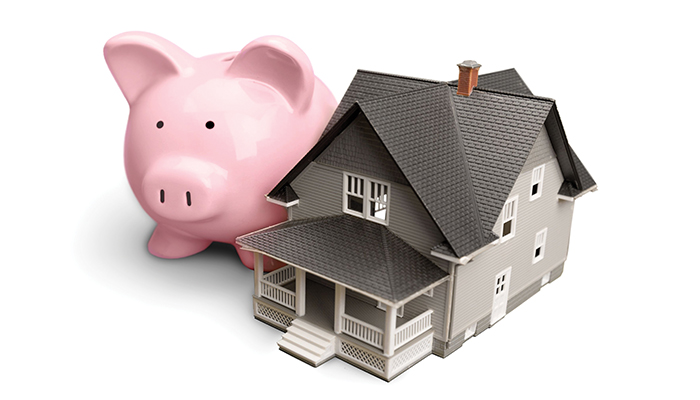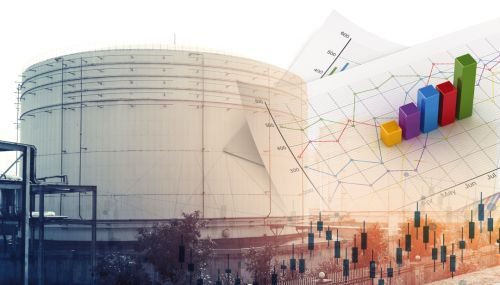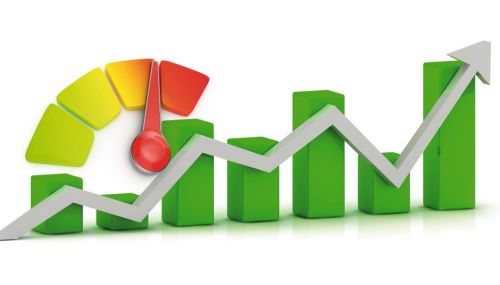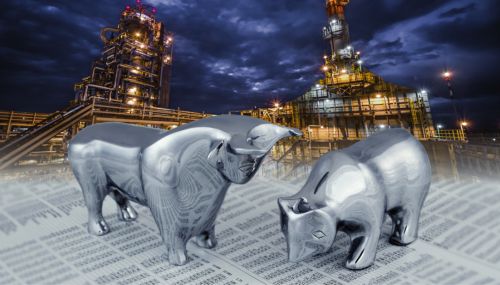All
Finance Program Could Cut Energy Costs

EDITOR’S NOTE: This article is adapted from a blog post from the American Council for an Energy Efficiency Economy. ACEEE’s blog can be found at ACEEE.org.
Energy efficiency advocates typically refer to efficiency as “the lowest cost energy resource out there.” “What you will never hear us say is that energy efficiency is free. Efficiency can do many great things:
It saves money, cuts pollution, increases productivity, and creates jobs,” the American Council for an Energy Efficiency Economy wrote recently. “What it can’t do is defy one of the fundamental laws that governs all investments—it takes money to make money.”
Efficiency advocates such as ACEEE want to get money flowing into well-designed energy efficiency projects, especially those that can do the most good where it is the most needed, but that’s not as easy as it sounds. It can be particularly challenging to attract investment in low- and moderate-income communities. Buildings in low- and moderate-income (LMI) communities are often older and have outdated and aging materials and equipment that leave lots of room for efficiency improvement. “So when we look at these buildings, we see a lot of low-hanging fruit, and we think that there should be a way to invest in them. But we’re not sure if we can,” ACEEE wrote.
In 2011, Bank of America decided to test the proposition. Working with Community Development Financial Institutions (CDFIs), which are nonprofit loan centers that focus on LMI neighborhoods, the bank launched the Energy Efficiency Financing Program. Bright Power worked with the bank to track pre-retrofit and post-retrofit data so that the results of the program could be analyzed.
The CDFIs loaned out more than $70 million, with loans used for efficiency upgrades, solar panel installations, and conversions from heating oil to natural gas. In many cases, these were done in conjunction with other repair or upgrade projects.
Looking at the data both on the loans and the buildings themselves, ACEEE found the results to be fairly strong. For individual buildings, the Council calculated a projected Savings to Investment Ratio (SIR) for the subset of buildings for which the Council got energy data. The SIR compares the present value of the lifetime savings that the energy measures should provide to their upfront costs (excluding the costs of any non-energy measures). Buildings with SIRs greater than one have measures that will more than pay for themselves over their useful life.
Because high-efficiency equipment typically costs no more than 50 percent more than similar equipment of average efficiency, a project that generates enough savings to cover 33 percent of its total cost is probably saving enough to cover the extra expense of the high-efficiency equipment.
The buildings fared pretty well. Some did extraordinarily well, returning over 10 times the cost of the upgrades. Others did just OK, and a couple actually had negative SIRs, which means they consumed more energy after the upgrade than before. This is probably due to entirely unrelated reasons, like the addition of a family member to a household or a change of operating hours for a business.
The loans that financed the upgrades did well, too. At the time of reporting, 1.2 percent of the loans by original volume were 30 days past due and 0.7 percent were in default. These numbers likely understate the success of the program, because even if a loan goes into default, some of it has already been paid back. In speaking with the CDFIs, they felt confident that most of these loans would eventually be brought back into good standing.
Related Posts
 2024 Hedging Survey
2024 Hedging Survey
Posted on April 19, 2024
 A Smart Hedging Strategy Can Withstand Market Forces
A Smart Hedging Strategy Can Withstand Market Forces
Posted on April 17, 2024
 The Four Key Metrics of Your Hedging Strategy
The Four Key Metrics of Your Hedging Strategy
Posted on March 12, 2024
 Market Forecast: What to Watch
Market Forecast: What to Watch
Posted on February 12, 2024
Enter your email to receive important news and article updates.
